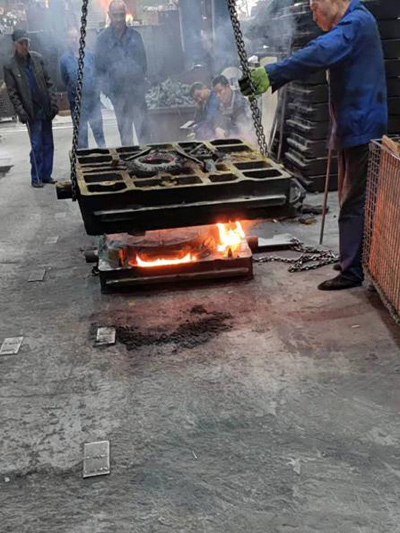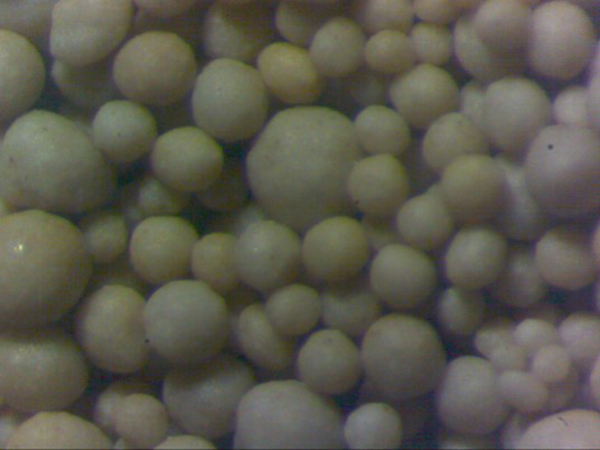3D printing has revolutionized the manufacturing landscape, and one of its compelling applications is in the realm of sand casting. Sand casting, an age-old process, involves creating a mold in sand to cast metal parts. Integrating 3D printing with sand casting is transforming industries, making it essential to understand its intricacies, benefits, and what sets this combination apart.

The integration of 3D printing with sand casting begins with the creation of complex mold geometries. Traditional sand casting involves shaping sand around a pattern, which is time-consuming and restricted in terms of complexity. However, with 3D printing, molds and cores can be fabricated directly from digital designs. This not only speeds up the process but also allows for intricate designs that were previously impossible or prohibitively expensive with traditional methods. One of the most exciting advancements in 3D printing sand casting is its capability to improve product development cycles. Engineers can now go from concept to prototype at unprecedented speeds. This agility in prototyping results in faster iterations and testing, enabling companies to bring innovative products to market more quickly than ever before. The reduction in lead times also proves advantageous for small-batch productions and custom orders, rapidly adjusting to market demands without the need for large upfront investments in tooling.

In terms of expertise, the precision offered by 3D printing in sand casting is unparalleled. With the ability to produce intricate internal geometries, manufacturers can achieve lightweight yet strong components, essential for industries such as aerospace and automotive. The accuracy in casting reduces the need for secondary machining processes, saving both time and resources, and significantly improving overall production efficiency.3d print sand casting
From an authoritative standpoint, companies incorporating 3D printed sand casting solutions noticeably enhance their manufacturing capabilities. This process allows for the integration of complex features such as undercuts and interior cavities, which would be difficult or impossible with traditional casting. The ability to innovate without the constraints of conventional mold-making opens up a plethora of design possibilities, allowing businesses to differentiate themselves in competitive markets.
The trustworthiness of using 3D printing in sand casting is notably seen in its sustainable approach. Additive manufacturing techniques used in 3D printing reduce material waste, which is pivotal for eco-friendly production practices. The sand used in these molds can also be reclaimed and reused, reducing environmental impact. Customers and businesses alike are increasingly leaning towards such sustainable solutions, aligning with global efforts to minimize carbon footprints.
However, it is crucial to select the appropriate materials and understand the technological limitations. While 3D printing offers immense benefits, not all materials behave in the same way; hence, material compatibility with 3D printed sand molds should be thoroughly researched. Continuous advancements in material science are expanding the types of alloys that can be effectively cast using this process, and staying abreast of these developments is imperative for businesses seeking to maximize their output quality and performance reliability.
In conclusion, the use of 3D printing in sand casting is not only advancing manufacturing capabilities but setting new benchmarks in product development, sustainability, and efficiency. By bridging traditional methods with modern digital manufacturing technologies, companies can achieve extraordinary outcomes, positioning themselves strategically in the market. The insights, authority, and trust built through this technology ensure its ongoing evolution and pivotal role in the future of manufacturing.
Next:Ceramcast sand ball shape for sand casting
